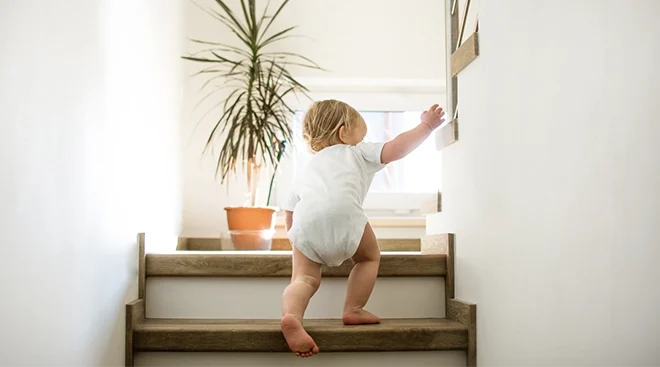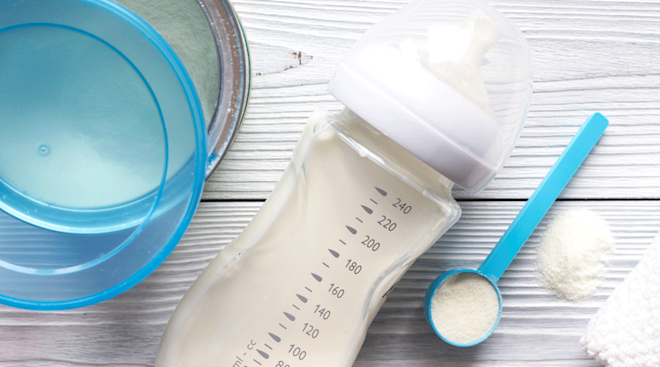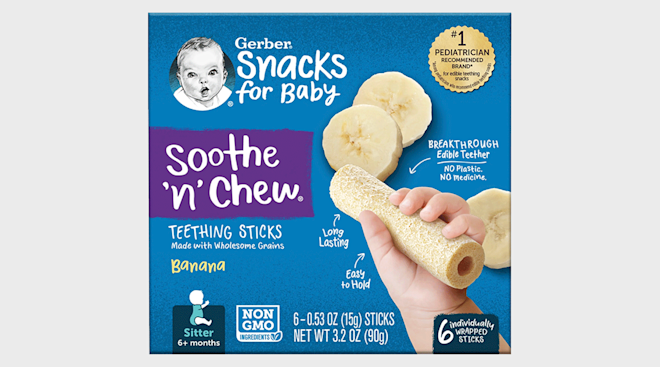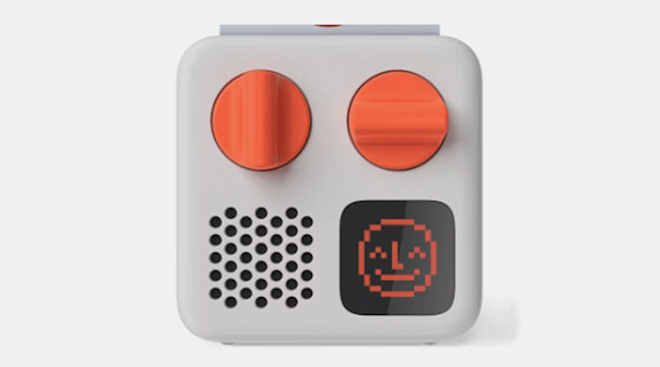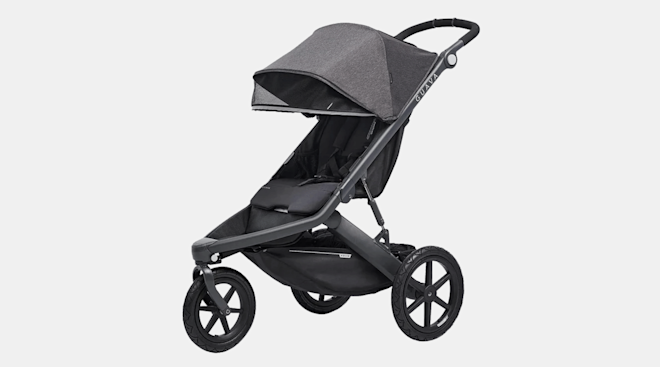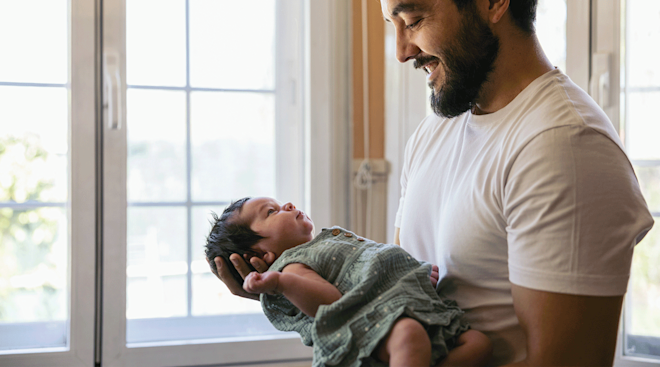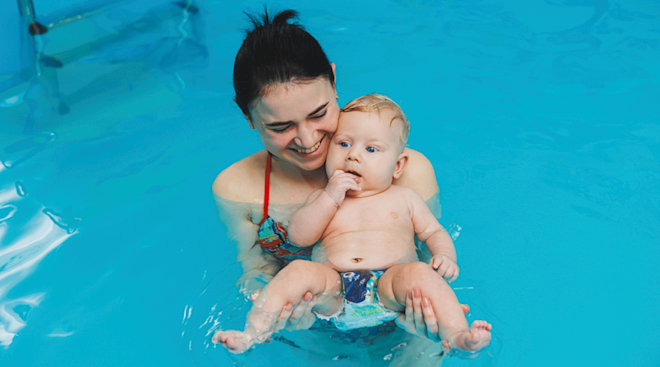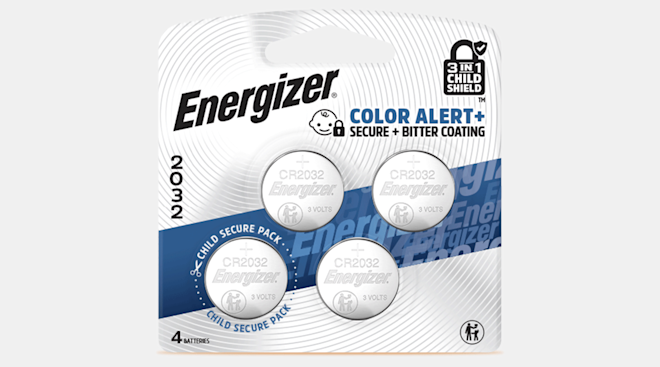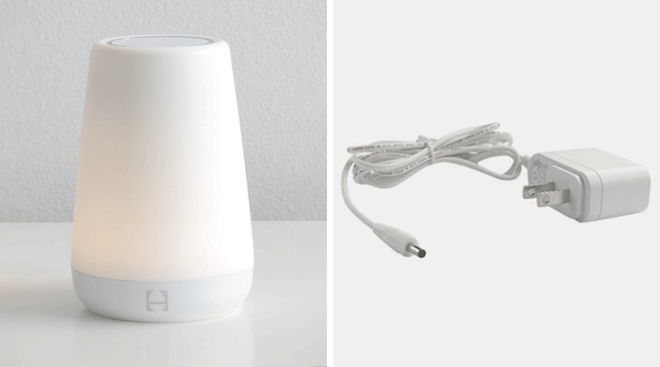8 Baby Safety Myths Busted by Pediatricians
When it comes to keeping baby safe, all the dos and don’ts can be overwhelming. Between viral TikToks, parenting books and advice from family and friends, it can be hard to weed out what you really need to worry about. To help you discern fact from fiction and sleep a little easier, we’ve consulted the American Academy of Pediatrics (AAP) guidelines on baby safety and recruited help from accredited pediatricians to bust some of the most popular baby safety myths.
While it may seem intuitive to put something soft between baby and the side of a hard wooden crib, there is no evidence that bumper pads prevent injury. In fact, they have been documented to present life-threatening dangers. In May 2022, the AAP and the US Consumer Product Safety Commission (CPSC) successfully pushed for the Safe Sleep for Babies Act to be signed into law, effectively banning the sale of crib bumpers due to a risk of suffocation, strangulation and entrapment.
Fact 1: Crib bumpers present suffocation and strangulation hazards to infants and are now banned by the Safe Sleep for Babies Act.
Amber teething necklaces have been popularized on social media by parents who believe they can soothe tough teething pains. Supporters claim the necklaces contain succinic acid that helps release anti-inflammatory properties, but according to S. Amna Husain, MD, these claims haven’t been proven. “The use of amber teething necklaces is strongly discouraged. In general, they pose a major strangulation risk whether worn during the day or at night,” Husain notes. Instead, try one of these 19 Teething Toys to manage baby’s pain.
Fact 2: Amber Teething Necklaces present a strangulation risk whether worn night or day.
Multiple risks and benefits make co-sleeping a hot-button issue. Some moms swear by it, attesting to the increased bond they feel with baby and, above all, the easier nighttime feedings. But the AAP says sharing a bed boosts the risk of SIDS and suffocation, and should be avoided.
Room sharing, however, is highly encouraged through baby’s first year and helps decrease the risk of SIDS up to 50 percent. Products like the HALO Bassinest Swivel Sleeper bridge the gap between the two, bringing baby right to your bed while still in his or her own protected space.
Fact 3: The AAP says sharing a bed boosts the risk of SIDS and suffocation. Instead, use a bedside bassinet to keep baby close without the risk.
That soft spot on top of baby’s head is the result of gaps between bones in the skull that haven’t grown together yet, says Vicki Papadeas, MD. There are actually two, but the anterior one on top is the main one people refer to as the soft spot.
Since the area pulses with baby’s heartbeat, we know it looks super-fragile, but it’s actually protected by a strong and sturdy membrane. Does that mean you should head-butt baby anytime soon? Of course not. But touching the area is okay, and actually necessary during bath time—you need to wash it to remove flake buildup, otherwise baby could end up with cradle cap.
Fact 4: Baby’s soft spot is actually protected by a strong membrane. While you should be gentle, it is necessary to wash and remove flake buildup from baby’s soft spot to avoid cradle cap.
While these cozy additions keep baby safe and warm while outside, they can have the opposite effect when worn under car seat straps. According to Jaime Friedman, MD, thick clothing, coats and blankets put too much space between car seat straps and baby. Even if you have tightened the straps to fit baby snugly, the compression of these soft materials in the event of a crash makes it easier for a baby to slip through and potentially be injured.
Fact 5: Thick clothing and blankets leave too much space between baby and car seat straps. In the event of a crash, this makes it easier for baby to slip through and be injured.
The AAP disagrees with this one so strongly, they actually advocate the ban of baby walker production altogether. In 2012 they pointed to studies that suggest infants who use walkers demonstrate abnormal gaits by the time they can walk on their own. Even scarier, walkers can lead baby into some very dangerous situations. Stairs are to blame in 75 percent of walker incidents, while burns make up 2 to 5 percent of accidents. A better choice to keep baby entertained on their own is a stationary activity center or baby bouncer.
Fact 6: Walkers present several safety hazards and can actually delay when a child starts to walk.
With an abundance of little medicine droppers out there, it seems like you should be able to administer a small dosage of children’s cold medicine to baby. But parents should steer clear of over-the-counter cough and cold medicine until children are at least 4 years old, per the AAP. Not only does the FDA note that typically cold medicine just isn’t effective for babies, they’ve also cited dangerous side effects, including convulsions, increased heart rate, decreased levels of consciousness and even death. When baby has a cold, try keeping the air moist with a humidifier, making sure baby’s hydrated and clearing their nose with a bulb syringe.
Fact 7: The AAP says parents should steer clear of cough and cold medicine until baby is at least 4 years old due to dangerous side effects.
The popularity of weighted blankets has exploded over the last few years. People of all ages have jumped on the trend, finding comfort in the feeling of light pressure that has been shown to reduce cortisol levels and soothe you to sleep. But what works for parents isn’t recommended for baby. In the AAP’s 2022 update to its safe sleep guidelines, pediatricians recommend against the presence of weighted blankets or swaddles on or near infants due to the increased risk of suffocation. Across the board, the AAP is adamant that “bare is best” when it comes to baby’s crib.
Fact 8: There is no conclusive evidence that weighted blankets and swaddles can soothe baby to sleep. The AAP recommends against their use due to the risk of suffocation.
Looking for more expert safety advice? Peruse this Baby Proofing Checklist to make sure you have everything covered.
Please note: The Bump and the materials and information it contains are not intended to, and do not constitute, medical or other health advice or diagnosis and should not be used as such. You should always consult with a qualified physician or health professional about your specific circumstances.
Jaime Friedman, MD, has been a pediatrician for 20 years and works at Children's Primary Care Medical Group in San Diego, California. She's a mom of two and can be found on social media at @DrJaimeFriedman.
Amna Husain, MD, is a board-certified pediatrician, board-certified lactation consultant, and owner of Pure Direct Pediatrics, a concierge pediatric practice in NJ. As a millennial parent, Dr. Husain loves delivering meaningful advice and attention to not just her patients and families, but also educating her followers on social media where she's active on Instagram and Tiktok @dr.amnahusain.
Vicki Papadeas, MD has been a practicing pediatrician for over 20 years and lives in downtown Manhattan with her husband, two children (a 15-year-old boy and a 13-year-old girl) and puppy. She’s a Pennsylvania native, but has lived in NYC since she fell in love with the city almost 20 years ago.
Pediatrics, American Academy of Pediatrics (AAP), American Academy of Pediatrics Updates Safe Sleep Recommendations: Back is Best
Pediatrics, American Academy of Pediatrics (AAP), Injuries Associated With Infant Walkers
Global Pediatric Health, Are Baby Walker Warnings Coming Too Late?: Recommendations and Rationale for Anticipatory Guidance at Earlier Well-Child Visits , September 2019
US Food and Drug Administration (FDA), Should You Give Kids Medicine for Coughs and Colds?
Learn how we ensure the accuracy of our content through our editorial and medical review process.
Navigate forward to interact with the calendar and select a date. Press the question mark key to get the keyboard shortcuts for changing dates.

































